The timeless Korean folktale of the Fairy and the Woodcutter has captivated generations with its blend of enchantment, morality, and the delicate interplay between the human and supernatural worlds. Rooted deeply in Korean cultural heritage, this story transcends its simple narrative to explore themes of trust, greed, and the consequences of broken promises. Unlike Western fairy tales that often hinge on grand quests or battles between good and evil, this Korean legend unfolds with a quiet profundity, revealing the fragility of human nature when faced with otherworldly grace.
At its core, the tale follows a humble woodcutter who encounters a celestial being—a fairy—bathing in a mountain spring. By stealing and hiding her magical robe, he traps her in the mortal realm, forcing her to become his wife. Their life together blossoms with love and children, yet the fairy’s longing for her heavenly home never fades. When she eventually discovers her hidden robe and returns to the skies, the woodcutter’s desperation to follow her leads to a tragic yet poetic conclusion. The story’s power lies not in action but in its emotional resonance, painting a poignant portrait of love’s limitations and the irreconcilable divide between earthly and divine realms.
Cultural Significance and Variations
The Fairy and the Woodcutter is more than a mere folktale; it serves as a cultural touchstone reflecting Confucian and Taoist ideals woven into Korea’s collective consciousness. The woodcutter’s initial deceit contrasts sharply with the fairy’s purity, embodying the Confucian emphasis on honesty and the Taoist reverence for harmony with nature. Regional variations of the story exist—some depict the fairy as a vengeful spirit, while others soften her departure with bittersweet farewells—but all versions underscore the peril of disrupting natural order. Scholars often interpret the fairy’s robe as a metaphor for autonomy; its theft symbolizes humanity’s attempts to control forces beyond its understanding, inevitably leading to loss.
Interestingly, the tale’s ending diverges from Western narratives where love typically conquers all. Here, the woodcutter’s love, though genuine, cannot bridge the gap between realms. His final attempt to reach the heavens by climbing a magical vine—only to fall when the fairy cuts it—serves as a stark reminder of boundaries that even love cannot cross. This unresolved tension resonates deeply in Korean aesthetics, where melancholy (known as han) is often embraced as an essential part of the human experience.
Modern Adaptations and Global Appeal
In contemporary Korea, the Fairy and the Woodcutter enjoys renewed relevance through films, dramas, and even political discourse. Filmmakers have reimagined the story as a commentary on gender dynamics, portraying the fairy as a figure reclaiming agency from patriarchal control. Environmentalists, too, have adopted the tale, framing the woodcutter’s actions as a metaphor for humanity’s exploitation of nature. Beyond Korea, the story’s universal themes have attracted global audiences, with translations and adaptations appearing in children’s books and animated shorts worldwide.
What makes this folktale endure is its ambiguity. Unlike moralistic fables with clear villains and heroes, it invites introspection. Was the woodcutter wrong to desire the fairy? Was she cruel to abandon her family? These unanswered questions mirror life’s complexities, making the story feel less like a relic of the past and more like a living conversation. As Korea continues to balance tradition with modernity, the Fairy and the Woodcutter remains a poignant allegory for the costs of progress and the things we sacrifice in pursuit of the unattainable.
The next time you walk through a misty forest or gaze at a distant mountain, remember the woodcutter and his fairy. Their story lingers in the spaces between earth and sky, a whisper of what happens when mortal hands reach too greedily for the divine.
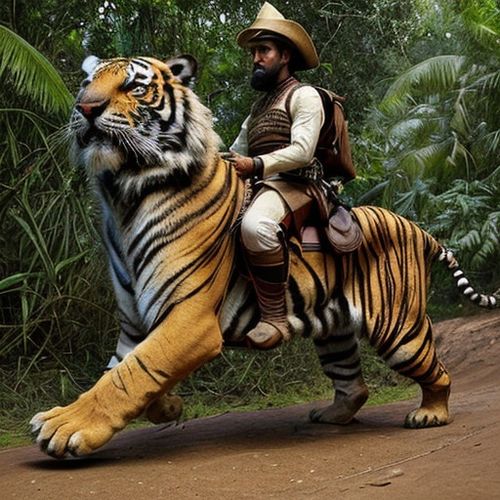
By Olivia Reed/Apr 28, 2025

By Emma Thompson/Apr 28, 2025

By Samuel Cooper/Apr 28, 2025
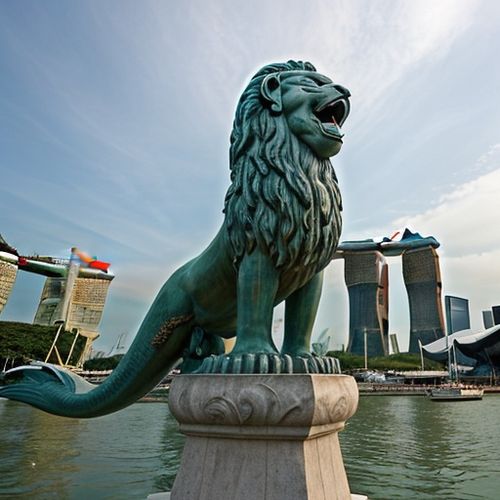
By Grace Cox/Apr 28, 2025
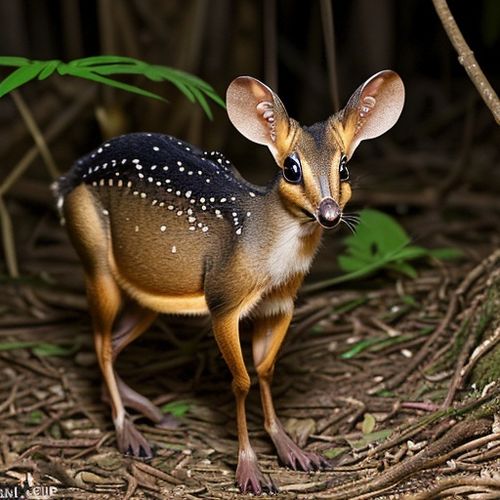
By George Bailey/Apr 28, 2025
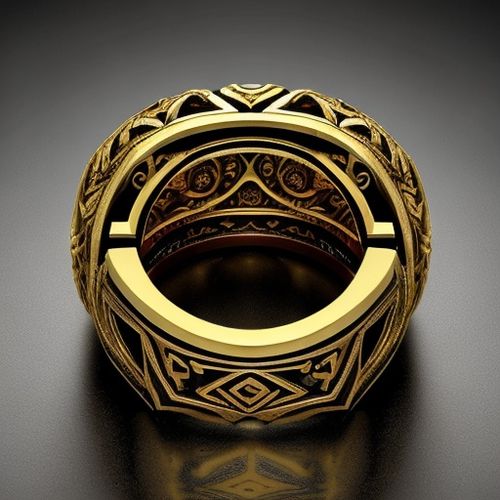
By Rebecca Stewart/Apr 28, 2025
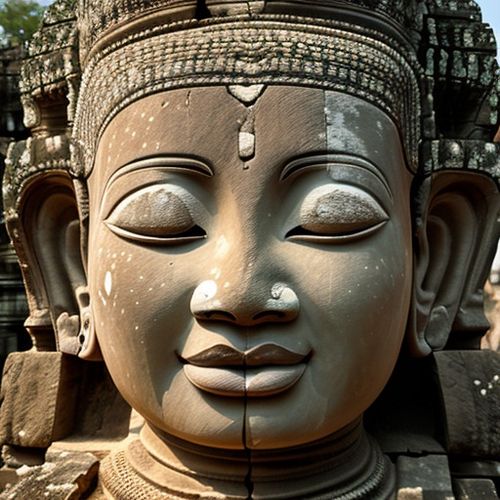
By George Bailey/Apr 28, 2025
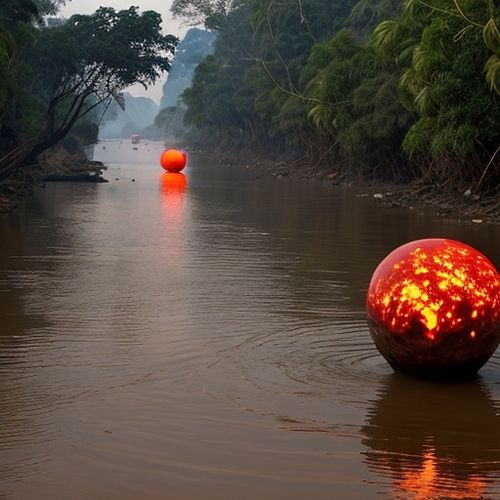
By Olivia Reed/Apr 28, 2025
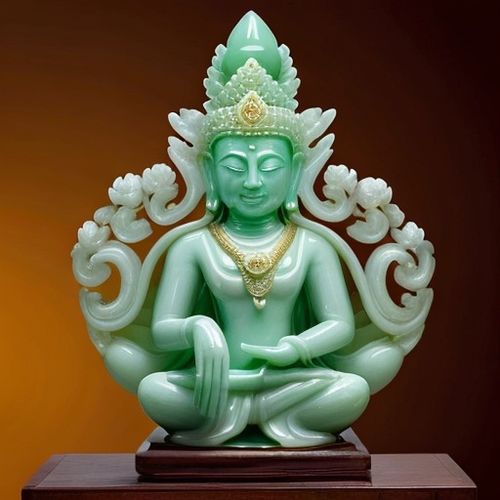
By Eric Ward/Apr 28, 2025

By Benjamin Evans/Apr 28, 2025
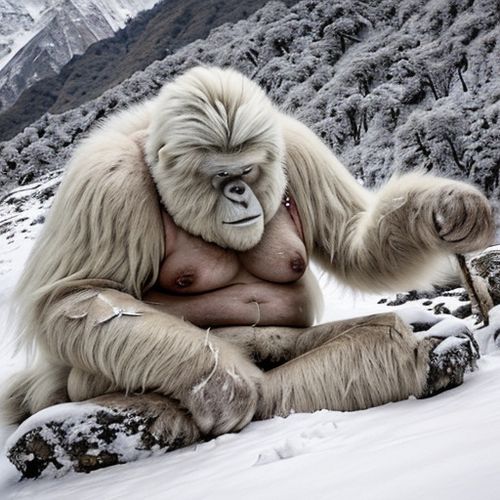
By Amanda Phillips/Apr 28, 2025
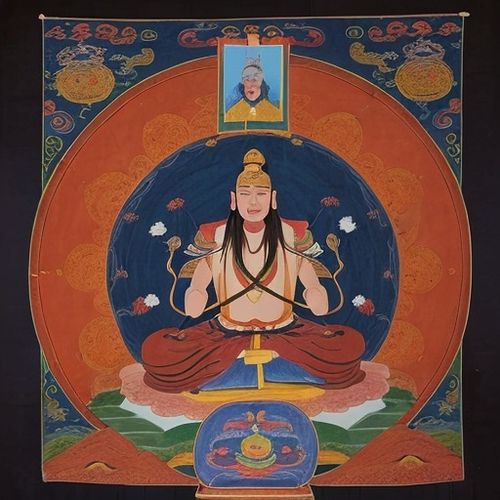
By Sophia Lewis/Apr 28, 2025
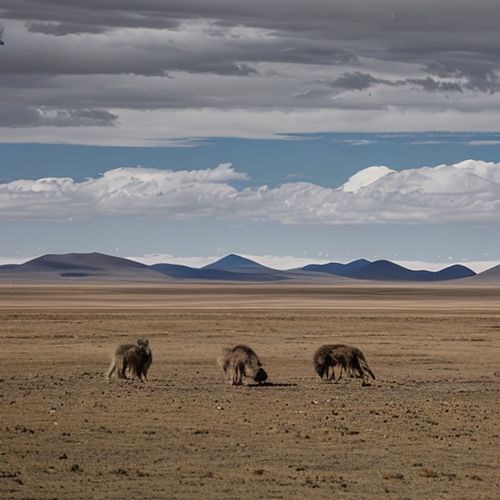
By Christopher Harris/Apr 28, 2025
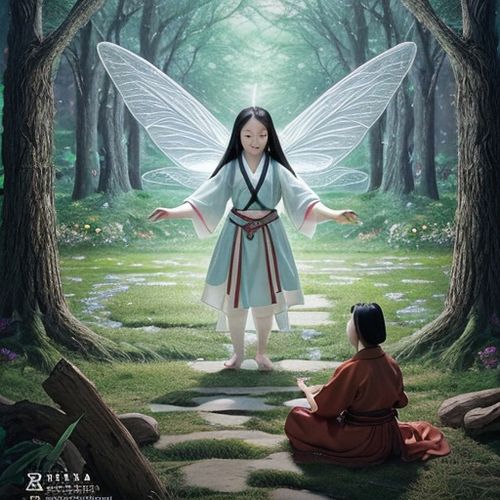
By Benjamin Evans/Apr 28, 2025
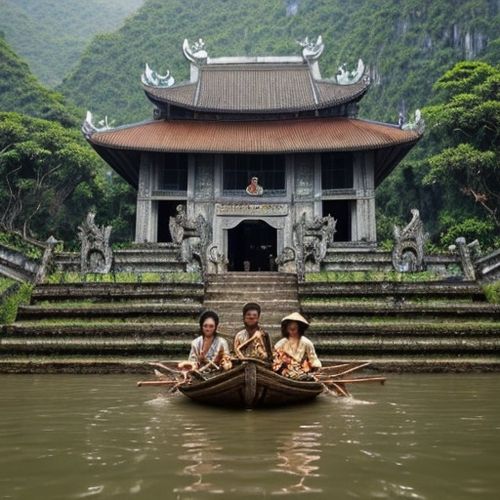
By Rebecca Stewart/Apr 28, 2025
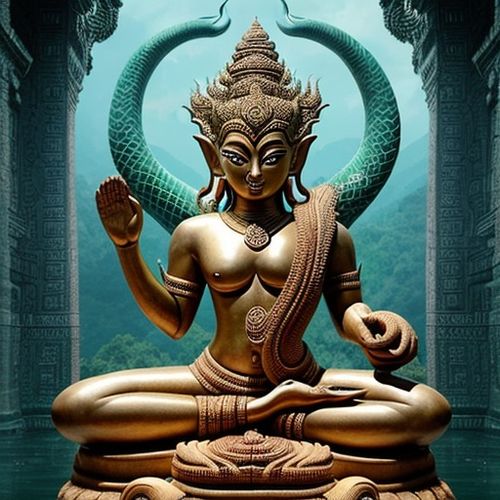
By David Anderson/Apr 28, 2025
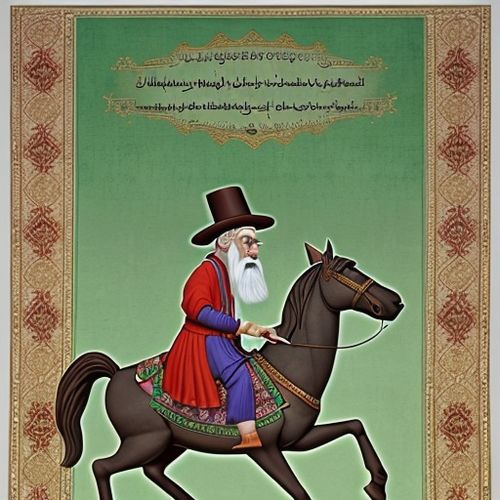
By Olivia Reed/Apr 28, 2025
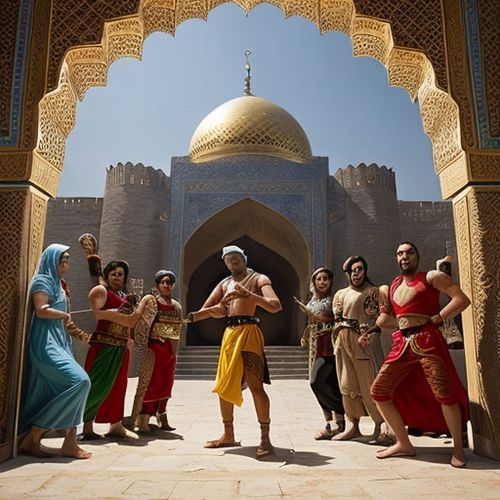
By Lily Simpson/Apr 28, 2025
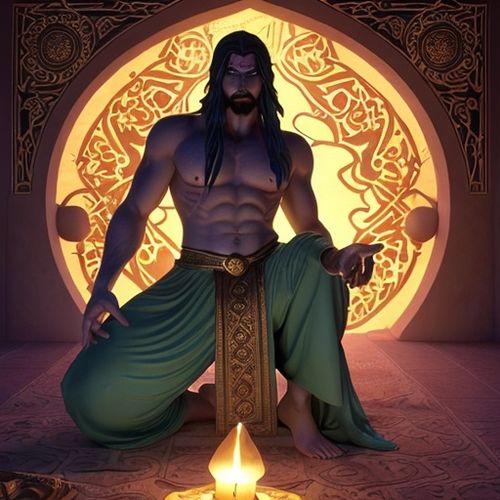
By Emma Thompson/Apr 28, 2025
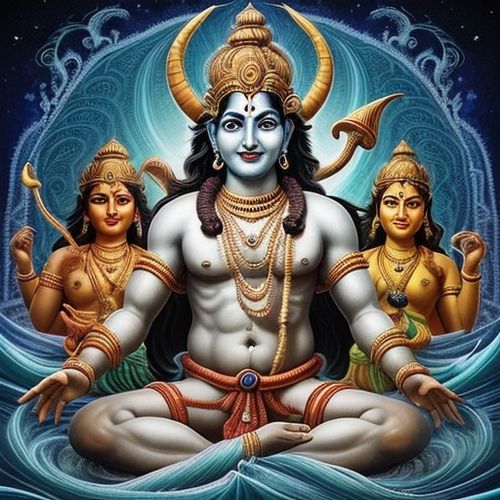
By Laura Wilson/Apr 28, 2025